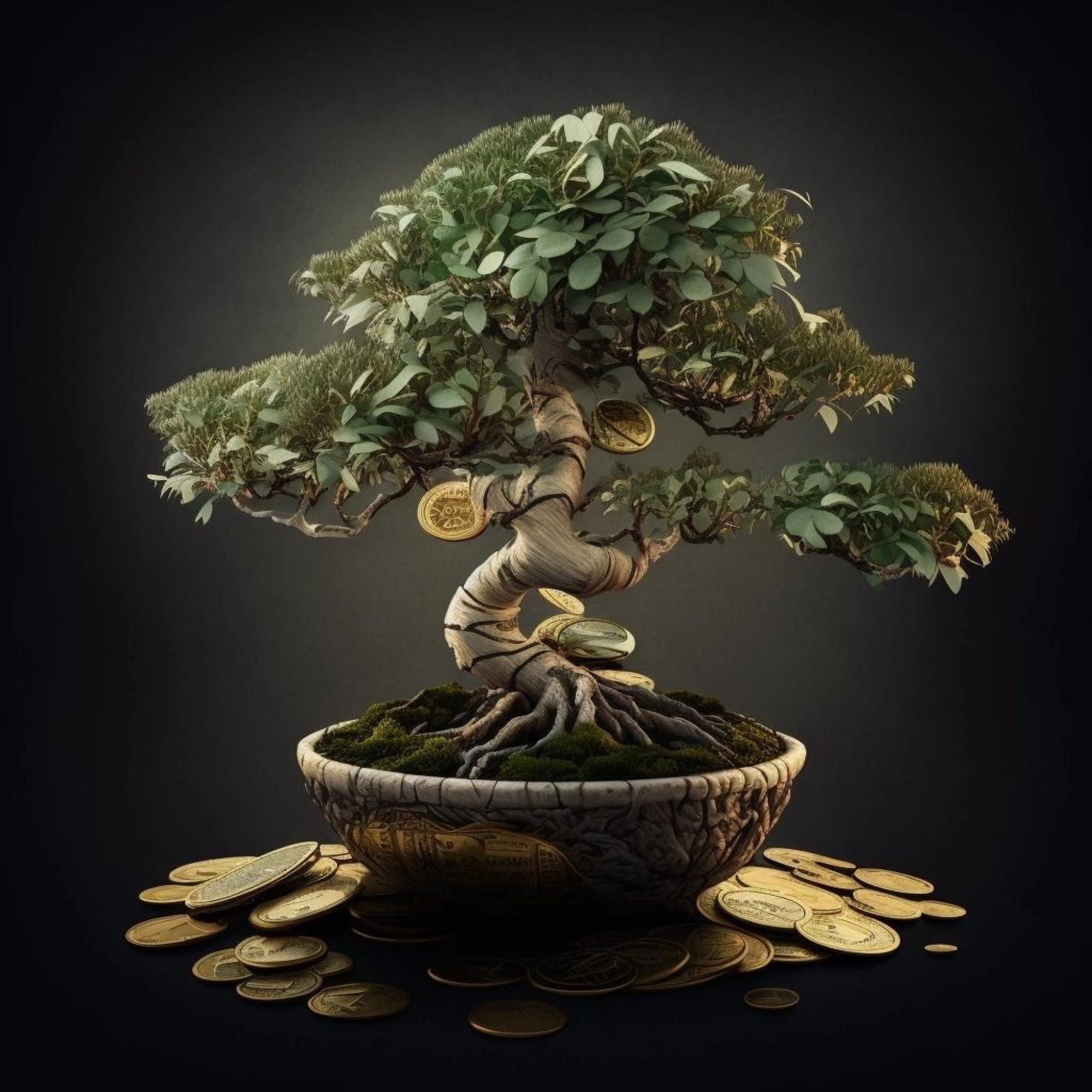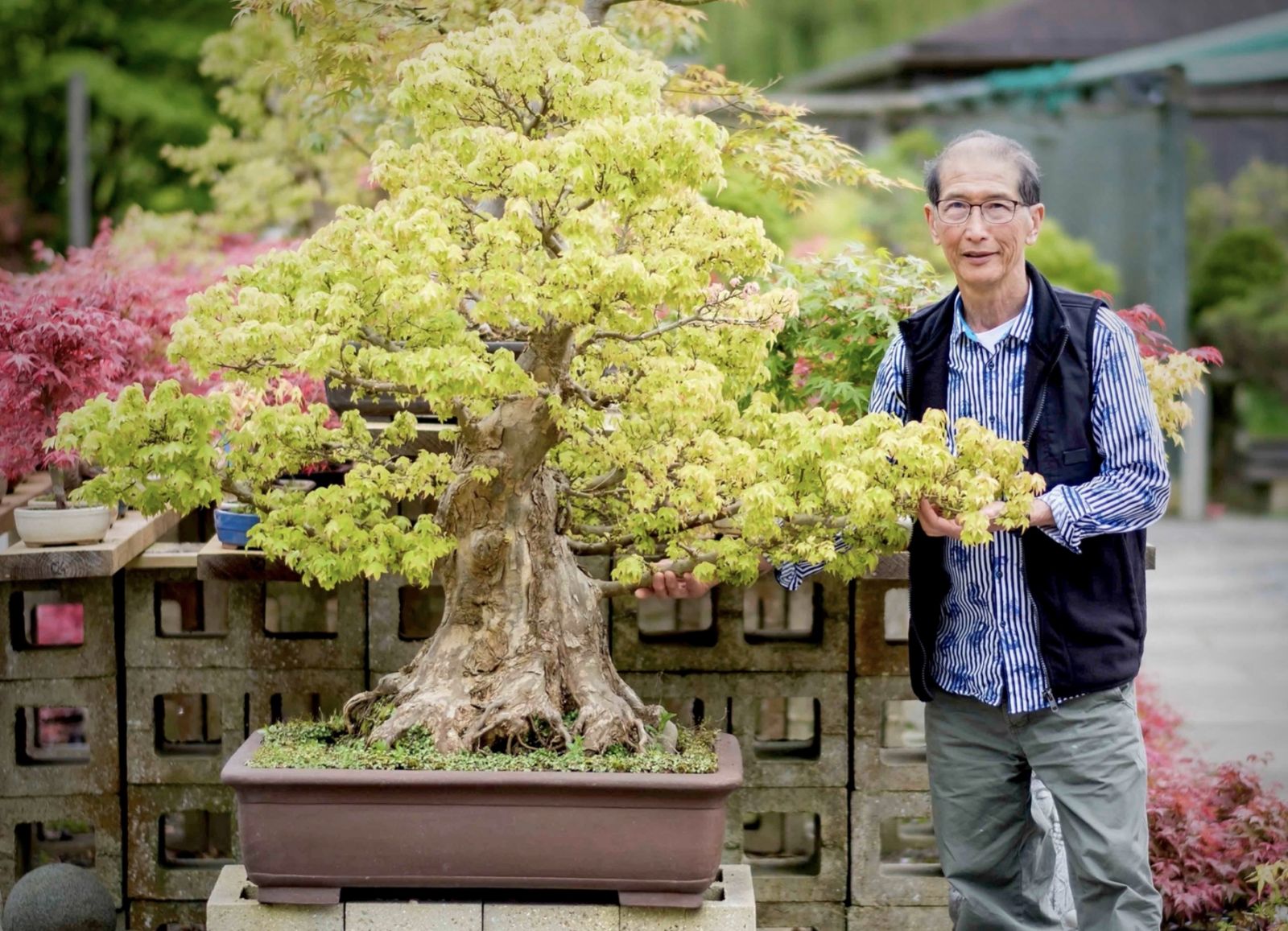Bonsai trees cost between $20 and $5000. The price varies based on the tree’s age, species, and size.
Bonsai trees are miniature artistic representations of full-sized trees. Originating from Japan, they embody nature’s beauty in small forms. These living sculptures require dedicated care and can thrive for many years. Bonsai enthusiasts enjoy the meticulous process of pruning and shaping.
Different species offer unique aesthetic qualities, adding to their charm. Prices for bonsai trees vary widely. Affordable options exist for beginners, while rare, old specimens can cost thousands. Choosing the right bonsai depends on your experience level and budget. Investing in a bonsai tree offers a fulfilling, lifelong hobby. The serene beauty and intricate craftsmanship make bonsai a special addition to any space.
Introduction To Bonsai Trees
Bonsai trees are miniature trees grown in containers. They are artfully pruned and shaped. Bonsai trees have a rich history and cultural significance. They are popular worldwide as both a hobby and art form.
Brief History
Bonsai originated in China over a thousand years ago. The practice was called penjing. It later spread to Japan and evolved into what we know today. Japanese monks refined the techniques, making bonsai an art form. Bonsai symbolizes harmony, balance, and patience.
| Country | Term | Era |
|---|---|---|
| China | Penjing | Han Dynasty |
| Japan | Bonsai | Kamakura Period |
Popularity In Modern Times
Bonsai has become popular in modern times. People appreciate its beauty and tranquility. Bonsai trees are often seen in homes and offices. They are used for decoration and stress relief. Bonsai clubs and societies exist worldwide. They host exhibitions and provide education.
- Decoration
- Stress Relief
- Exhibitions
- Education
Growing bonsai is a rewarding hobby. It requires patience and care. The art form continues to evolve, captivating enthusiasts globally.

Credit: bonsai-en.shop
Factors Influencing Bonsai Prices
Bonsai trees are a fascinating hobby. But have you wondered about their prices? Various factors influence the cost of a bonsai tree. Let’s dive into these factors to help you understand better.
Species And Varieties
The species and varieties of bonsai trees play a significant role in their pricing. Certain species are more sought-after due to their beauty and rarity.
- Common species like Juniper are usually more affordable.
- Rare species like Japanese Black Pine can be expensive.
Some species are easier to care for, while others demand more attention. This affects their price as well. For instance, an indoor bonsai like the Ficus is often cheaper.
Age And Size
The age and size of a bonsai tree also impact its price significantly. Older bonsai trees are often more expensive.
- A young bonsai (1-5 years) is usually less costly.
- An older bonsai (10+ years) can be very pricey.
Size matters too. Larger bonsai trees require more care and time to grow. Hence, they are more expensive.
| Age | Size | Price Range |
|---|---|---|
| 1-5 years | Small | $20 – $100 |
| 5-10 years | Medium | $100 – $500 |
| 10+ years | Large | $500 – $5000 |
Understanding these factors can help you make an informed decision. Choose the bonsai that fits your budget and lifestyle.
Cost Breakdown
Bonsai trees are miniatures of nature’s giants. They are a blend of art and horticulture. The price of a bonsai tree varies widely. Several factors influence their cost. Let’s break down the pricing into three main categories: Affordable Options, Mid-Range Choices, and High-End Specimens.
Affordable Options
For beginners, affordable bonsai trees are a great start. These trees typically cost between $20 and $50. They are young and easy to care for. Some popular affordable bonsai trees include:
- Ficus Bonsai
- Chinese Elm Bonsai
- Juniper Bonsai
These trees are perfect for learning. They are hardy and forgiving. You can find them at local nurseries and online stores.
Mid-range Choices
Mid-range bonsai trees offer more variety and maturity. They typically range from $50 to $200. These trees often have more advanced training and styling. Examples of mid-range bonsai trees include:
- Maple Bonsai
- Pine Bonsai
- Olive Bonsai
These trees are ideal for enthusiasts. They require more attention and care. You can find them at specialized bonsai shops and online retailers.
High-end Specimens
High-end bonsai trees are masterpieces. They can cost anywhere from $200 to thousands of dollars. These trees are often decades old and meticulously styled. Some examples of high-end bonsai trees include:
- Japanese Black Pine Bonsai
- White Pine Bonsai
- Azalea Bonsai
These trees are investments in art and nature. They are usually sold by bonsai masters and exclusive sellers. They are for serious collectors and dedicated hobbyists.
| Category | Price Range | Examples |
|---|---|---|
| Affordable Options | $20 – $50 | Ficus, Chinese Elm, Juniper |
| Mid-Range Choices | $50 – $200 | Maple, Pine, Olive |
| High-End Specimens | $200+ | Japanese Black Pine, White Pine, Azalea |
Where To Buy Bonsai Trees
Finding the perfect bonsai tree can be exciting. There are several places to buy bonsai trees. Each option offers unique benefits. Here are the best places to find your bonsai tree.
Local Nurseries
Local nurseries are great for buying bonsai trees. They often have a wide selection. You can see the trees in person. This ensures you choose a healthy tree. Local nurseries often have knowledgeable staff. They can help you pick the right bonsai tree. You can also get care tips from them. Visiting a nursery supports local businesses.
Online Retailers
Online retailers offer convenience. You can browse many options from home. Many websites specialize in bonsai trees. They offer detailed descriptions and care instructions. Some popular online retailers include:
- Amazon
- Bonsai Boy of New York
- Eastern Leaf
Buying online gives you access to rare species. You can compare prices easily. Make sure to read reviews before purchasing. This ensures you get a healthy tree.
Bonsai Expos And Shows
Bonsai expos and shows are special events. They bring together bonsai enthusiasts and experts. You can find a variety of bonsai trees at these events. These shows often feature rare and unique trees. You can also attend workshops and demonstrations. This helps you learn more about bonsai care. Some well-known bonsai shows include:
- National Bonsai Exhibition
- Pacific Bonsai Expo
- European Bonsai San Show
Attending these events is a great way to meet other bonsai lovers. You can get expert advice and tips. It’s a fun way to find the perfect bonsai tree.
Tips For First-time Buyers
Buying your first bonsai tree can be exciting. It’s important to make the right choices. Here are some tips to help you.
Selecting A Healthy Tree
Choosing a healthy tree is crucial. Look for bright green leaves. Avoid trees with yellow or brown leaves. Check the trunk for smooth and unblemished bark. The roots should be firm and not overly exposed.
- Leaves: Bright green, no yellow or brown spots
- Trunk: Smooth, unblemished bark
- Roots: Firm, not overly exposed
Understanding Care Requirements
Caring for a bonsai tree needs attention. Each type has specific needs. Learn about your tree’s water and sunlight needs. Use proper soil and fertilizer. Pruning and wiring are essential for shape.
| Care Aspect | Details |
|---|---|
| Watering: | Check soil daily. Water when soil is dry. |
| Sunlight: | Place in bright, indirect sunlight. |
| Soil: | Use well-draining soil mix. |
| Fertilizing: | Apply balanced fertilizer monthly. |
| Pruning: | Trim regularly to maintain shape. |
| Wiring: | Use wire to train branches. |
Bonsai Maintenance Costs
Maintaining a bonsai tree involves more than just watering it. To keep your bonsai healthy and beautiful, you need to consider several costs. These costs include tools, supplies, and ongoing care.
Tools And Supplies
Investing in quality tools and supplies is crucial for bonsai maintenance. Below is a table of common tools and their estimated costs:
| Tool | Estimated Cost |
|---|---|
| Bonsai Scissors | $20 – $50 |
| Pruning Shears | $15 – $40 |
| Wire Cutters | $10 – $30 |
| Bonsai Wire | $5 – $20 |
| Soil | $10 – $25 per bag |
Other supplies include pots, fertilizers, and drainage screens. These items also add to the overall cost.
Ongoing Care And Upkeep
Ongoing care and upkeep are essential to maintain your bonsai. Regular care ensures your tree stays healthy. Some of these tasks include:
- Watering
- Pruning
- Wiring
- Repotting
- Fertilizing
These tasks require time and effort. You may also need to replace tools and supplies over time.
Professional services can help if you are busy or unsure. These services include:
- Pruning and shaping
- Repotting and root work
- Pest and disease control
Professional services come with additional costs. These costs vary based on the service and the provider.
Maintaining a bonsai tree is rewarding but requires an investment. Understanding these costs helps you plan better.
Investing In Bonsai Art
Investing in bonsai art is a rewarding experience. These miniature trees symbolize patience and dedication. They also offer a great opportunity for financial growth.
Value Appreciation
Bonsai trees can appreciate in value over time. A well-cared-for bonsai tree can become more valuable. This is due to its age, beauty, and craftsmanship.
The value of a bonsai tree depends on several factors:
- Species
- Age
- Design
- Pot quality
Older bonsai trees are often more valuable. Unique designs also add to the tree’s worth. Expertly crafted pots can enhance the overall value.
Collecting Rare Specimens
Collecting rare bonsai specimens can be a lucrative investment. Rare species are highly sought after by collectors.
Some rare bonsai species include:
- Japanese Black Pine
- Chinese Elm
- Trident Maple
These rare species can command high prices. Collectors are willing to pay a premium for rare and well-maintained trees. Finding these rare specimens requires knowledge and patience.
Here is a simple table highlighting the potential value of different bonsai species:
| Bonsai Species | Potential Value |
|---|---|
| Japanese Black Pine | $500 – $10,000 |
| Chinese Elm | $200 – $5,000 |
| Trident Maple | $300 – $7,000 |
Investing in bonsai art requires time and effort. The rewards, both financial and personal, are worth it.

Credit: www.bonsaiempire.com
Conclusion And Final Thoughts
Understanding the cost of a bonsai tree can be a complex task. Many factors influence the price, including the tree’s species, age, size, and care needs. This section will summarize the key points and provide encouragement for new enthusiasts.
Summarizing Key Points
- Species: Some species are more expensive than others. Rare species typically cost more.
- Age: Older bonsai trees are often more valuable. Age can significantly increase the price.
- Size: Larger bonsai trees usually cost more. Size impacts the final price.
- Care Needs: Trees requiring special care or tools may be more expensive. Consider ongoing costs.
Understanding these factors helps in making an informed purchase. Knowing what affects the price allows you to budget better.
Encouragement For New Enthusiasts
New enthusiasts should start with a budget-friendly bonsai. This allows you to learn without a significant financial investment.
Consider joining a local bonsai club. These clubs provide valuable resources and support. You can learn from experienced growers.
Don’t be afraid to ask questions. The bonsai community is welcoming and helpful.
Remember, the joy of bonsai comes from the journey. Enjoy nurturing your tree and watching it grow.
Investing time and care in your bonsai can be rewarding. Start your bonsai journey today!

Credit: www.herons.co.uk
Conclusion
Considering the factors affecting bonsai tree prices, you can find one that fits your budget. Research thoroughly and choose wisely. Whether a beginner or an expert, there’s a bonsai tree for you. Enjoy the beauty and tranquility it brings to your space.
Happy bonsai shopping!

